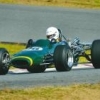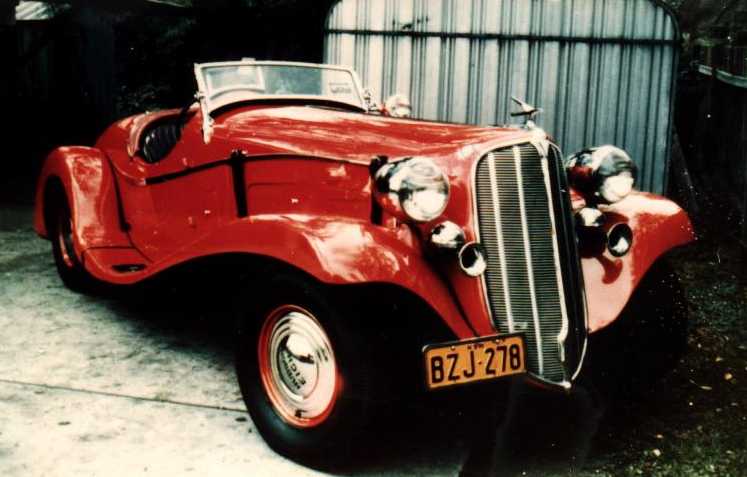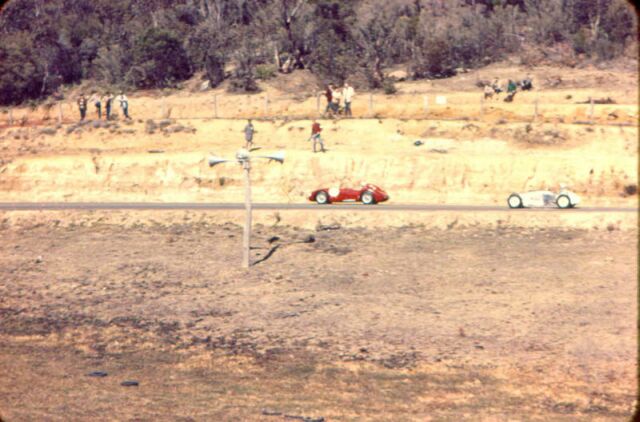Originally posted by Lee Nicolle
I have mentioned this before, the best and most Australian Sports Car that has been built would be the Bernie Van Elsen K&A built Bolwell. An Australian car much modified for racing by an Australian builder using an Australian engine and gearbox. Yes Virginia a 351 Cleveland was made in Australia as was the single rail gearbox used.....
Lee, can I refer you to the title of the thread?
"What was Australia's best home-built front engine Racing Sports Car?"
While it might be so that Bernie's Bolwell was pretty good (as was Ross Bond's, by the way), and it might have had an Australian-built engine and gearbox, was it 'home-built'?
You seem to keep missing the point that this is what the thread is about, Specials. Not modified factory cars, as the Bolwell was, nor series-produced or specialist-manufacturer built cars from Australian makers.
.....The Holden powered Milanos too were similar but the Bolwell was a deal faster [and more expensive too].....
There've been a few people mention the Milano GT IIs, myself included. I think 'home-built' applies to them in a limited way. The Sam Johnson-Bruce Leer duo built the first two for themselves and later turned out one or two more. But almost backyard-built and certainly they relied on a heap of production parts in their make-up as you would with a Special.
.....As for prototype cars the K&A built Veskanda is undoubtedly the best and fastest. And while a 350 Chev is not a true Aussie engine it was used in Australian made cars. It did hold outright records at most Aussie tracks at one stage.
The Bapmobile, The Barry Lock creation too must get a serious mention, as it was too very fast though a Cosworth is defenitly not a Aussie production engine.
For their time the big banger Elfins, and the Kaditchas too rate a very high mention. I feel some of the Elfins did use Holden V8s too at one stage? Most of course were Chev.....
Here you go right off on another tangent...
Remember the title to the thread? It included the words, "front engine". Not 'Australian engine'. I'm quite sure that Daniel never intended to say the cars had to have Australian-built engines, all he was looking at was whether the cars were built by someone in Australia.
.....These were all of course professionally built cars and the myriad of home and one off builders will never compete though there has been a lot of very good cars.....
Now you have recognised that it's about 'home-built'... so why have you gone on and on about cars that weren't?
.....As for longevity [in one careful! owner] and probably race miles the Jim Doig Asp must win! And no it is NOT a clubman, it has doors and at least a 1600 engine. The 2T Toyotas while very Japanese were sold in the Australian market in Celicas.
I give you that... not since Steve Tillett's TC and Geoff Russell's Morris Special has a car had the same owner race it for so long...
But it is a Clubman, essentially. It was basically designed to Clubman rules which were 'extended' back in the day to allow bigger engines to be run if doors were fitted.















